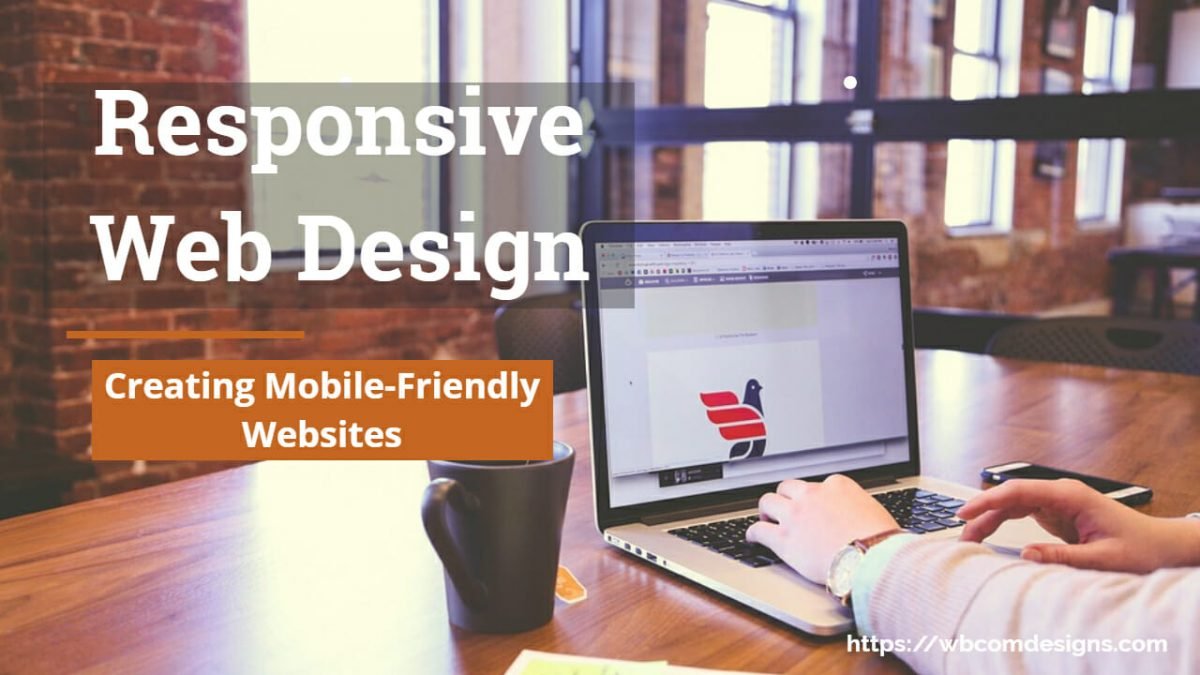Today, Responsive Web Design is no more a choice but a necessity. As mobile traffic has overtaken desktop traffic, the importance of responsive web design has increased manifold. It enables smooth viewing of websites on all kinds of devices, including mobile devices of varying screen sizes. Websites not optimized for mobile devices are losing out heavily on traffic because almost 80% of traffic comes from it. If your site is not mobile-friendly, it will cause so much resentment among users that 8 out of 10 visitors would stop engaging with it. Instead, they would use the time to explore other websites, and search engines too would lower the ranks in search results as the site fails to satisfy users.
Mobile-first approach in web design
The designers at the Online Impact website design Company believe in taking a mobile-first approach. It makes them think first about how the design will appear on mobile devices and then work up to the desktop version. The mobile-first approach works well because mobile websites have more concerns about usability, which is natural due to the lack of screen real estate, and therefore it is more practical to create designs by focusing on mobile devices. Secondly, it is easier to scale up the mobile-friendly design to make it compatible for desktop than taking the opposite route. Lastly, by focusing on mobile devices, it becomes easy to understand what is necessary for satisfying visual and functional needs.
Thought-provoking questions aid better design
On the way to creating responsive design, several questions would come up automatically, and finding the answers would pave the way for creating compelling designs. Designers start questioning the necessity of the features and functions that helps to take a minimalist approach, which they can later scale up to suit the needs of desktops. By focusing on the primary objectives of the website, designers consider how much of the visual elements will help achieve it. They would also think if the loading time of the visual effect justifies its use for mobile devices. If it takes a long time to load, it can turn away users.
Focus on the primary objectives of users
Once designers are aware of what features and functions are essential to achieve the goals of the website, they can move over to work with the secondary objectives like the CTAs; user flows, micro-interactions, etc. that make those objectives achievable. By focusing on the primary objectives first, it becomes possible to eliminate any unwanted friction that comes in the way of achieving both the primary and secondary objectives. For example, if buying a product is the primary objective, then there should not be any friction with the activity of signing up for a newsletter, which is the secondary objective.
Responsive Web Design is not only about the looks but also about how it functions and the feeling it generates among users. Making websites speedier should be a major objective of web designers because it is the best way to keep users and search engines happy.







